Elbow fracture-dislocationThe Terrible-triadThe “terrible triad” pattern is so named because the three combined injuries of elbow dislocation (usually posterolateral), radial head fracture and coronoid fracture, significantly increase elbow instability and rate of complications. They are highly complex injuries and historically had poor outcomes secondary to persistent instability, stiffness and the development of arthritis; hence the use of the term ‘terrible’. The principle of the surgical management is based on two main objectives; restoration of bony stabilising structures (radial head and coronoid process) and lateral collateral ligament reconstruction. Your initial management will likely be in a plaster cast and a sling before being referred onto a fracture clinic where you will have the opportunity to discuss your injury with a specialist. Usually a CT scan is required for these injuries to better understand where the specific damage is in your elbow. Depending on the extent of your injury you will be offered tailored treatment to maximise your chance of a good recovery. Usually surgery will be recommended in some form. 
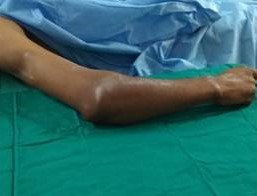 This image shows a patient asleep under anasethetic and their dislocated elbow on the operating table about to be manipulated. Examination under anaesthetic (EUA)This is where you are asleep under GA and the surgeon will move your elbow through a range of movement and see if your elbow slips out of joint. There are two reasons why this is done under GA. Firstly you would likely find it far too painful if you were awake and secondly your muscles will contract if you are awake and so make detecting joint instability very difficult. After the EUA, you may go on to have an open procedure to stabilise the joint, under the same anaesthetic.
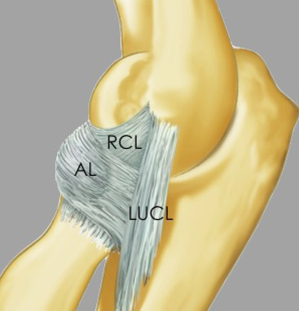 Image showing anatomy of the lateral side of the elbow. LUCL is the lateral ulnar collateral ligament, or the lateral ligament. Repair of the lateral ligamentThis is commonly the first structure to fail during the injury so often needs addressing. The cut is on the outside of the elbow and the ligament is reattached to the bone (humerus), usually with a bone anchor. Anchors can be metal or a material similar to plastic which will dissolve over time.
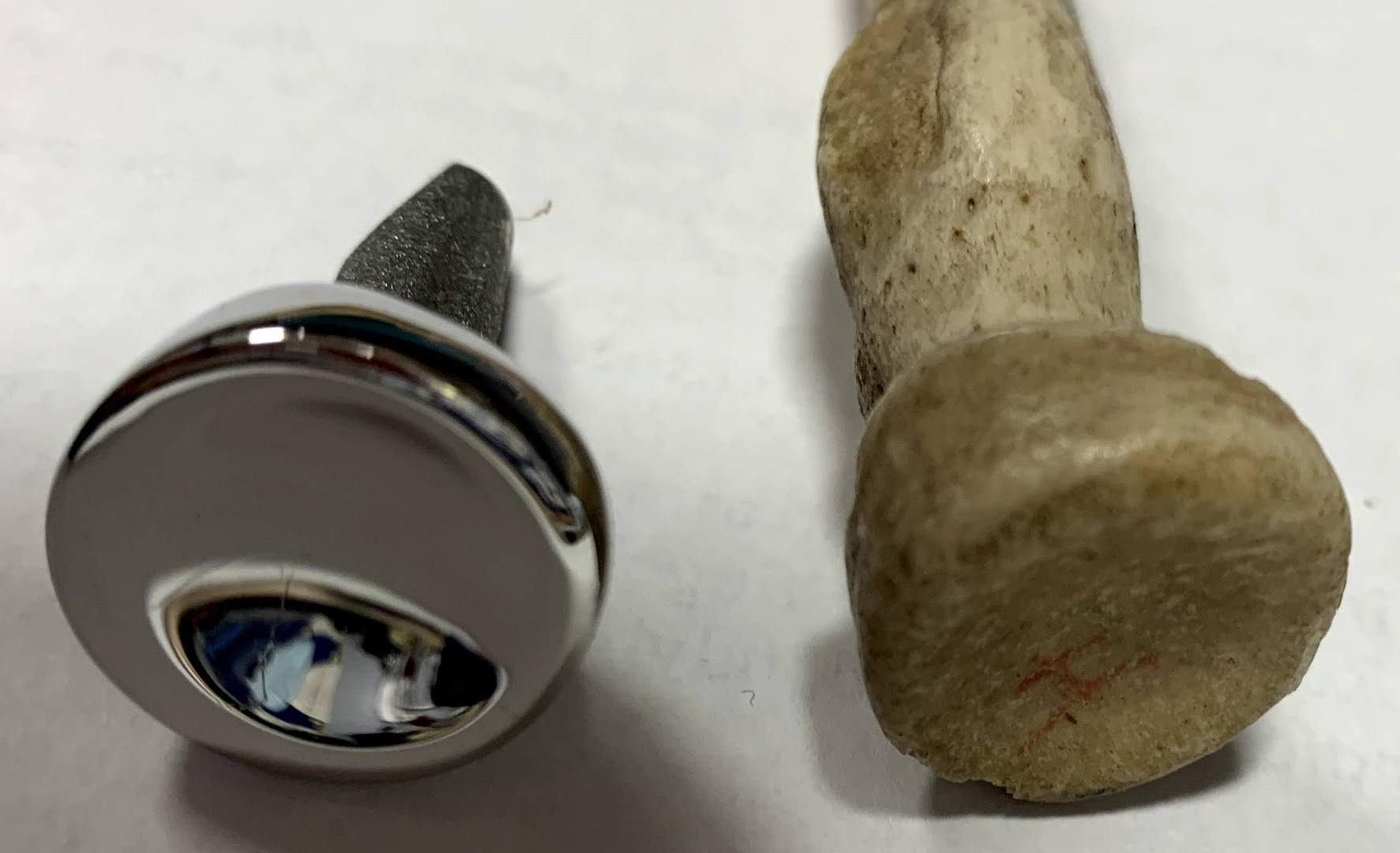 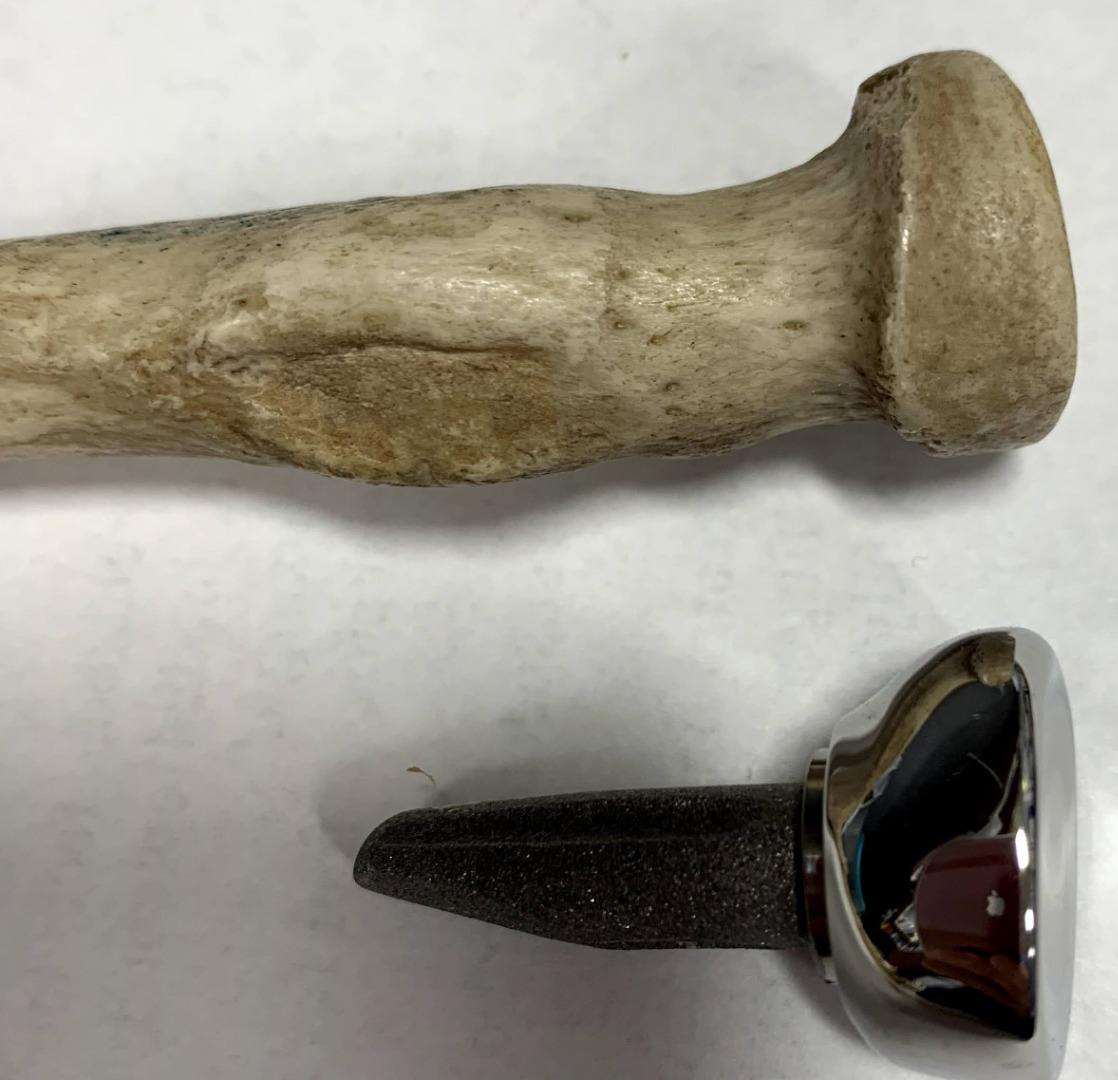 These 2 images show the proximal (top end) of the radius. The radial head can be replaced with the metal implant shown. Radial headIf the radial head has fractured, something may need to be done to reconstruct it. It can either be fixed with screws (2 mm, counter-sunk) or, if more than 40% of the surface is damaged or it is more than a couple of pieces, then it may need to be replaced.
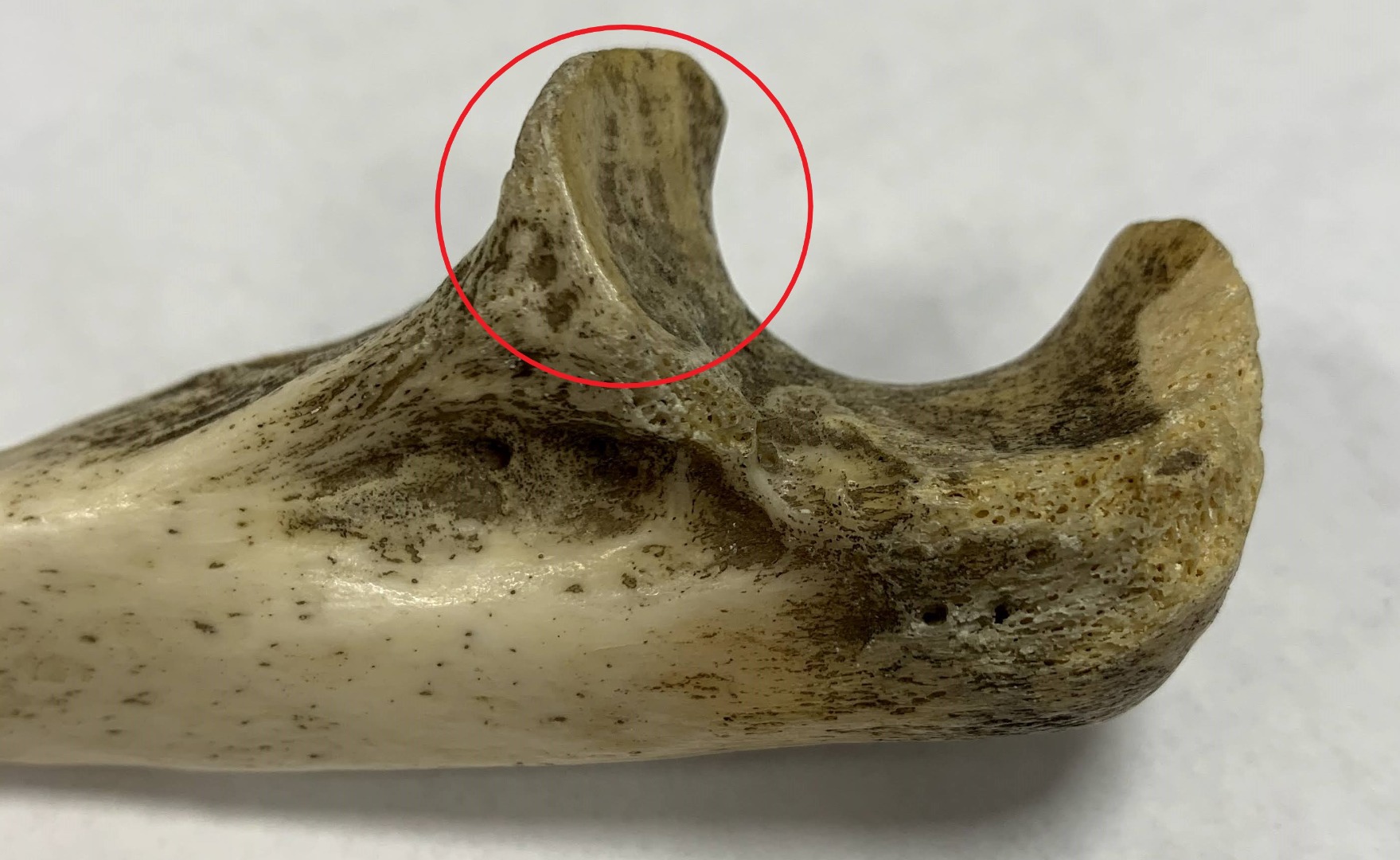 This image shows the coronoid (circled in red). 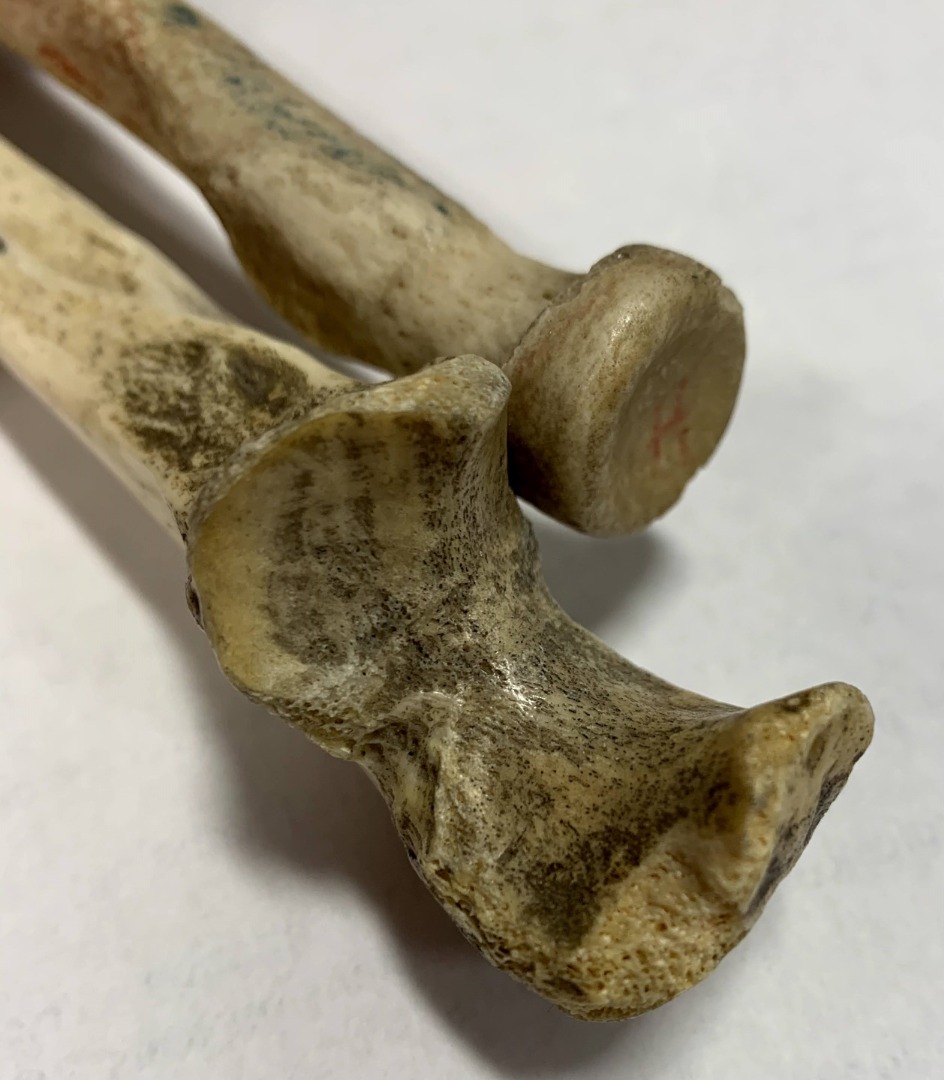 This image shows how the coronoid, olecranon and radial head fit together to form the elbow joint (together with the humerus, not shown). CoronoidThe coronoid is the piece of bone in the image on the left that is circled in red. It is a prominent piece of bone on the front of the ulna that is very important in elbow stability. If a small tip fracture occurs then nothing needs to be done about it. However, if there is a large fragment of bone fractured off the coronoid then it may involve the antero-medial facet in which case you may require a small plate putting on the ulna, extending up onto the coronoid. This is where the antero-medial facet which is where the medial ligament attaches and this is critical for your elbow stability. This plate would be applied from the medial side (the inside of the elbow) so you would end up with wounds on both sides of the joint.
OlecranonThough not strictly involved in a ‘Terrible Triad’ injury pattern, the olecranon can be fractured and may require a plate to hold the fragments together and achieve joint stability.
OutcomeThe reason for early fixation of these injuries is to get the elbow stable (so it won’t dislocate) and commence early movement to prevent stiffness. It’s a fine balance. Some loss of the ability to fully straighten the elbow (extension) is common; even normal. Broadly speaking, the degree of loss of extension is related to the severity of the injury in the first place.
|